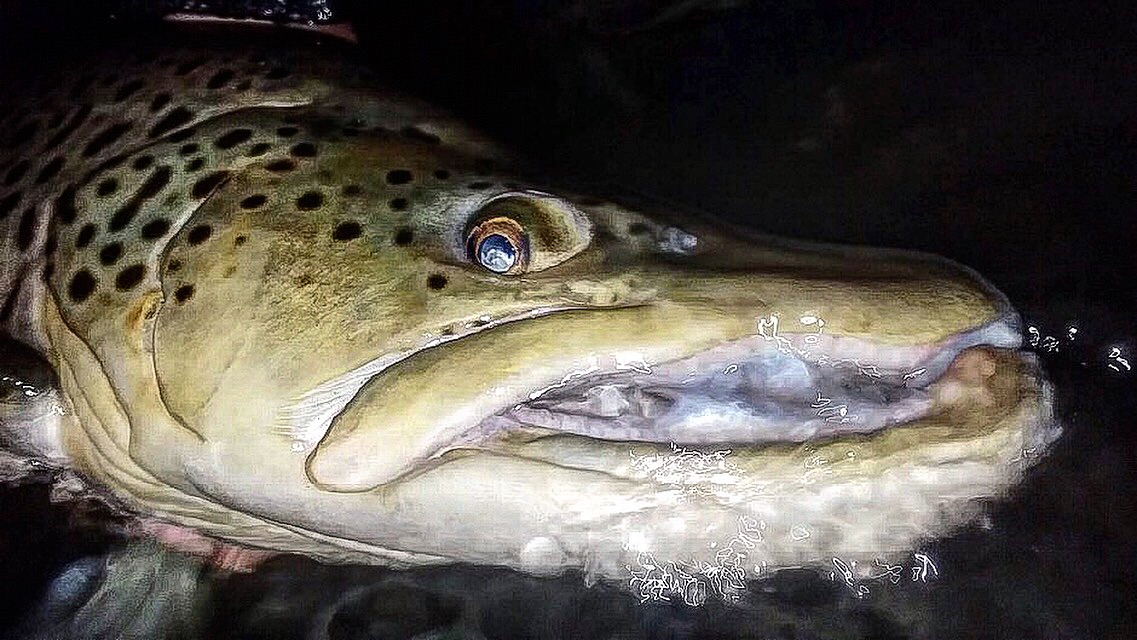What is Catch and Release?
Catch and Release is the practice of fishing for fun and treating fish as well as possible throughout the battle. It is a new trend that has come along with people not relying on the fish they catch for food. Fly fishing & conventional fishing has turned into a hobby for many people and they get outside to fish purely for meditative/recreational purposes.
Why is It Important?
Catch and Release provides a watershed with the greatest chance to harbor large populations of quality fish for years to come. You can provide someone else with the trill of a lifetime or even catch the same big fish twice yourself!
Proper Fish Handling
Fish need water to breathe; it is important they are immersed in water as much as possible during the fight and photography process.
- Do not use super light gear/line and fight a fish for longer than necessary. It puts excessive strain on the fish at the end of your line.
- If possible, land the fish as fast as possible in a calm area of the waterway.
- Rivers: Keep the fish’s head submerged underwater. Face the fish upstream after landing it.
- Still water: Keep the fish fully submerged.
- Wet your hands prior to touching the fish. DO NOT WEAR GLOVES!! Gloves can take slime off of fish & expose it to bacteria/disease. No matter how cold it is, take the gloves off and show the catch respect.
- If the fish is exhibiting lethargic behavior, manually flush water through its mouth/gills. Passing water through the mouth/gills will send a rush of oxygen to the fish’s bloodstream and can help successfully revive the fish.
- Let the fish rest in the net/water for a few minutes prior to taking pictures.
- Many people discourage taking pictures of fish out of the water due to causing potential harm to the fish. Do not keep any species of fish out of the water for more than a couple seconds, you will keep the fish safe and give it a great chance of survival.
- Prior to releasing the fish, make sure that the release area contains water that will not stress fish out. You can manually flush water through the fish’s mouth/gills prior to release. This can help the fish take off in a healthy manner.
- Once the fish is released, re-capture it if it is ‘bellying up’ or not acting properly. If a fish exhibits lethargic behavior after it is released, you will need to do your best to resuscitate it using the aforementioned methods. Take the time and make sure that the fish can swim off strongly on its own.
What are Examples of Lethargic Behavior?
Be on the lookout for these examples/precursors of lethargic behavior:
- Bellying up
- Twitching to one side
- Laying on its side after release
- Floating downstream after a release
- Excessive blood release from the gill area
- Sporadic movements in any direction
- Non-stimulation when approaching the fish after release
Helpful Tools to Ensure a Successful Catch and Release
- Hemostats
- Nets with a rubber netting
- Nets with plenty of space to keep the fish wet
- Nippers to cut the line if the fly is in a precarious placement
- Hook cutters for larger predatory fish


Leave a Reply
You must be logged in to post a comment.